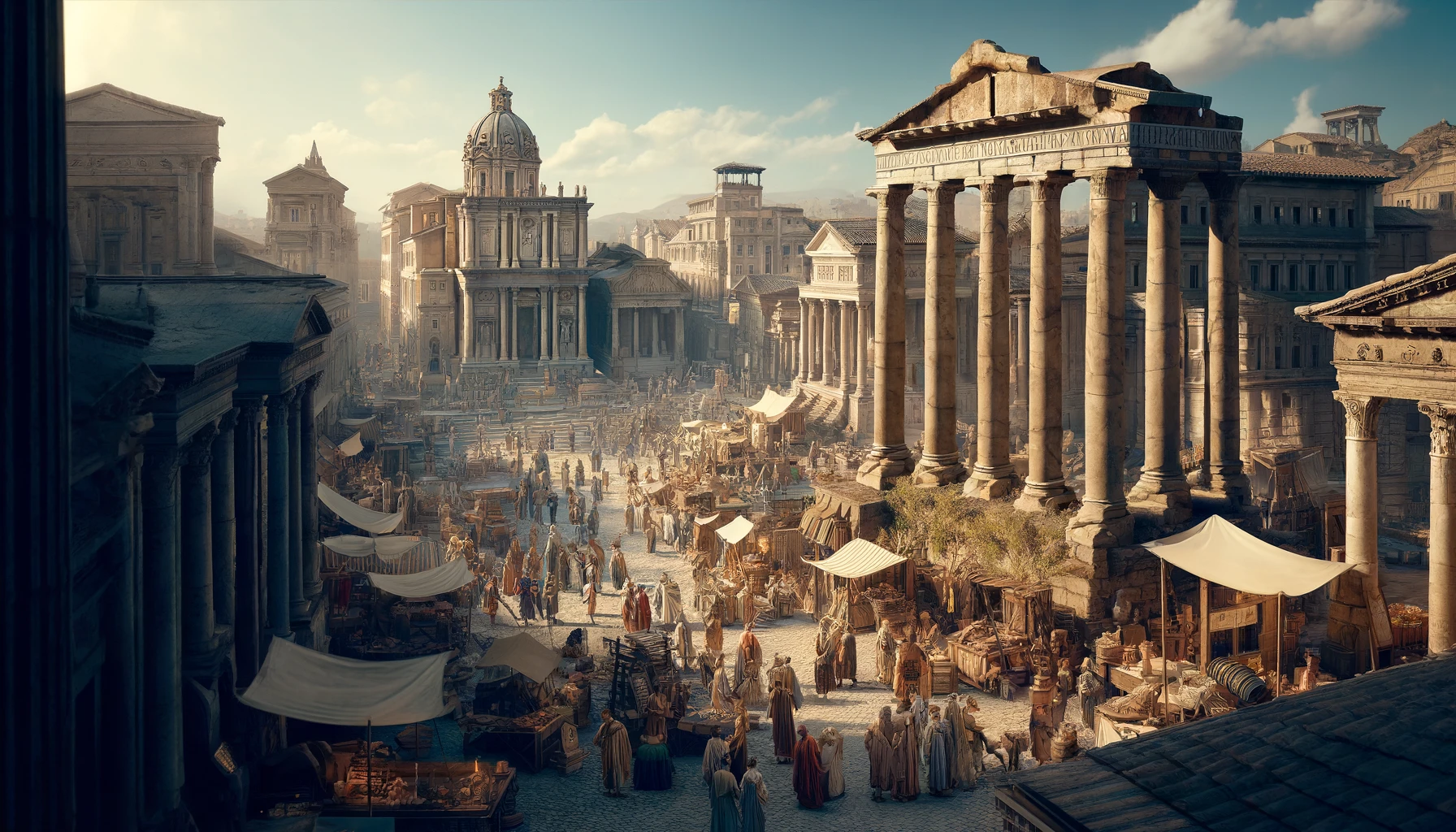Antiquities, or “antiquità” in Italian, encompass a broad range of ancient artifacts, historical objects, and cultural treasures from various civilizations. These relics offer a glimpse into the past, revealing the ingenuity, artistry, and traditions of bygone eras. From the grand ruins of ancient Rome to the intricate pottery of ancient Greece, antiquities hold a timeless allure for historians, archaeologists, and enthusiasts alike.
Introduction
Antiquities serve as a bridge between the past and present, allowing us to connect with the civilizations that laid the foundations of our modern world. These ancient treasures, ranging from monumental architecture to small personal artifacts, offer invaluable insights into the daily lives, beliefs, and achievements of our ancestors.
What Are Antiquità?
Antiquities are objects from the past, typically from ancient civilizations, that hold historical, cultural, or archaeological significance. These items can include anything from buildings and sculptures to tools, pottery, and personal adornments. They are often discovered through archaeological excavations and are prized for their ability to shed light on historical periods and cultures.
Historical Significance of Antiquities
The study of antiquities provides crucial information about the development of human societies. By examining these ancient artifacts, researchers can reconstruct historical events, understand societal structures, and gain insights into the technological advancements and artistic expressions of ancient cultures.
Famous Ancient Civilizations and Their Treasures
Ancient Egypt
Ancient Egypt is renowned for its monumental architecture, such as the pyramids and temples, as well as its intricate jewelry and funerary artifacts. The discovery of Tutankhamun’s tomb in 1922 revealed a wealth of treasures that showcased the opulence and artistry of the ancient Egyptian civilization.
Ancient Greece
The ancient Greeks left behind a rich legacy of sculpture, pottery, and architectural marvels like the Parthenon. Greek antiquities are celebrated for their aesthetic beauty and technical precision, reflecting the society’s emphasis on balance, harmony, and proportion.
Ancient Rome
Roman antiquities include grand structures like the Colosseum and the Roman Forum, as well as detailed mosaics, frescoes, and everyday items like coins and pottery. These artifacts highlight the engineering prowess and cultural richness of the Roman Empire.
Mesopotamia
Mesopotamia, often referred to as the cradle of civilization, is known for its early urban centers, cuneiform writing, and significant contributions to law and administration. Artifacts from this region, such as the Code of Hammurabi and intricate cylinder seals, provide a glimpse into the early complexities of human society.
Types of Antiquities
Architecture
Ancient architectural remains, including temples, palaces, and public buildings, offer insights into the engineering skills and aesthetic preferences of past civilizations.
Sculpture
Sculptural works, ranging from colossal statues to small figurines, reveal the artistic achievements and religious beliefs of ancient cultures.
Pottery and Ceramics
Pottery and ceramics, often decorated with intricate designs, provide information about daily life, trade, and technological advancements in ancient societies.
Jewelry
Ancient jewelry, crafted from precious metals and stones, reflects the craftsmanship and cultural values of the societies that created them.
Tools and Weapons
Tools and weapons offer a practical perspective on the technological advancements and warfare tactics of ancient civilizations.
The Role of Archaeology in Discovering Antiquities
Archaeology plays a pivotal role in uncovering and preserving antiquities. Through careful excavation and analysis, archaeologists can piece together the history and culture of ancient civilizations, providing a tangible connection to our shared human heritage.
Preservation and Restoration of Antiquities
Preserving and restoring antiquities is crucial for safeguarding these irreplaceable treasures for future generations. Conservation efforts involve meticulous techniques to prevent further deterioration and to restore artifacts to their original condition as much as possible.
Antiquities in Museums
Museums around the world house vast collections of antiquities, offering the public an opportunity to engage with these ancient artifacts. Institutions like the British Museum, the Louvre, and the Metropolitan Museum of Art showcase a diverse array of antiquities, providing educational and cultural enrichment.
The Black Market and Illegal Trade of Antiquities
The illegal trade of antiquities is a significant issue, with stolen artifacts often ending up on the black market. This illicit trade not only robs countries of their cultural heritage but also funds criminal activities. Efforts to combat this trade include stricter regulations and international cooperation.
The Ethical Debate Surrounding Antiquities
The acquisition and ownership of antiquities are subjects of ethical debate. Questions arise regarding the rightful ownership of artifacts, particularly those taken during colonial times. There is growing advocacy for the repatriation of artifacts to their countries of origin.
Famous Archaeological Discoveries
The Rosetta Stone
The Rosetta Stone, discovered in 1799, was instrumental in deciphering Egyptian hieroglyphs, unlocking a wealth of knowledge about ancient Egypt.
The Terracotta Army
The Terracotta Army, discovered in 1974, consists of thousands of life-sized clay soldiers buried with China’s first Emperor, Qin Shi Huang, to protect him in the afterlife.
Tutankhamun’s Tomb
The discovery of Tutankhamun’s tomb in 1922 by Howard Carter revealed a nearly intact burial chamber filled with priceless treasures, providing a wealth of information about ancient Egyptian burial practices and art.
Antiquities and Modern Technology
Modern technology, including 3D scanning and digital reconstruction, is revolutionizing the study and preservation of antiquities. These advancements allow for detailed analysis and virtual restoration of artifacts, making them more accessible to the public.
Collecting Antiquities: What You Need to Know
Collecting antiquities requires knowledge and caution. Prospective collectors should ensure the legality and provenance of items, adhering to ethical guidelines and international regulations to prevent the illicit trade of cultural artifacts.
Antiquities in Popular Culture
Antiquities often feature prominently in popular culture, from movies and books to video games. These portrayals, while sometimes romanticized, highlight the enduring fascination with ancient civilizations and their treasures.
Conclusion
Antiquities offer a profound connection to the past, enriching our understanding of human history and culture. Through the study and preservation of these ancient treasures, we can continue to explore and appreciate the legacy of the civilizations that shaped our world.

 Tech5 months ago
Tech5 months ago
 News4 months ago
News4 months ago
 Business5 months ago
Business5 months ago
 Games4 months ago
Games4 months ago
 Fashion4 months ago
Fashion4 months ago
 Health4 weeks ago
Health4 weeks ago
 Entertainment5 months ago
Entertainment5 months ago
 Business5 months ago
Business5 months ago





